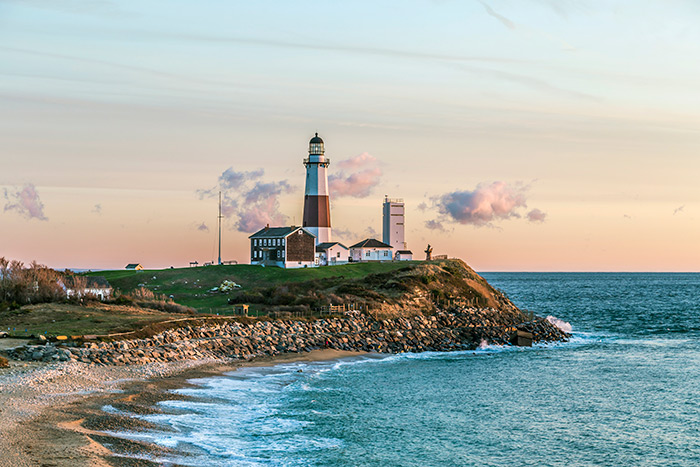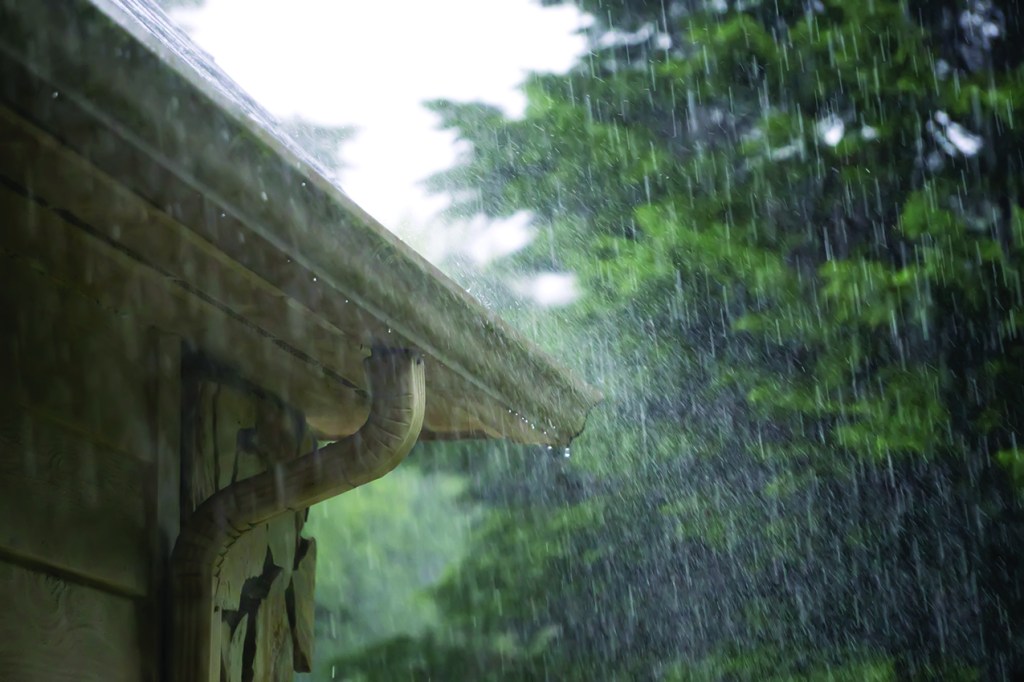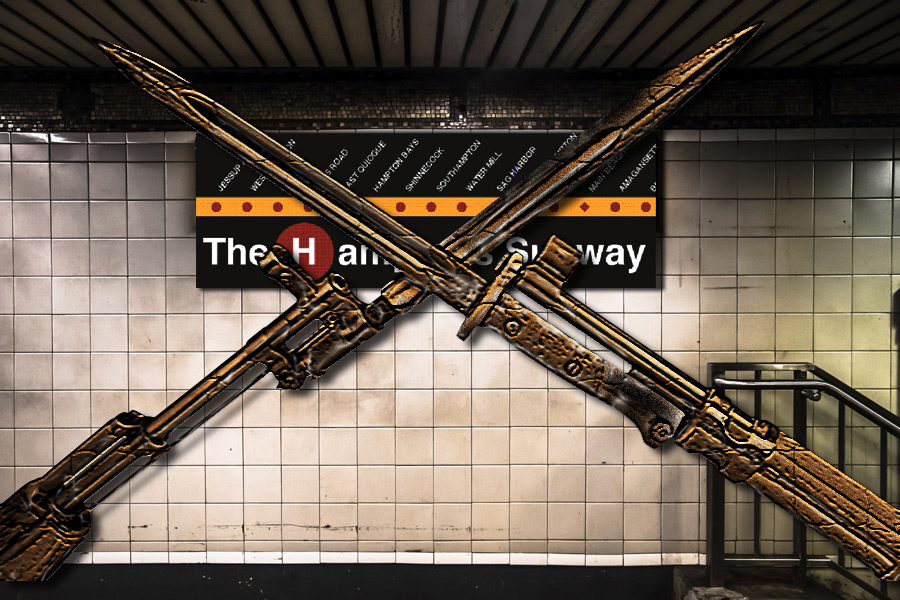Doing Our Part: Montauk Lighthouse Surveillance Camera Is Now On

The U.S. Customs and Immigration Service has issued an advisory to citizens about the new surveillance camera that President Trump had installed atop the Montauk Lighthouse last Thursday.
The camera is a Vultron C-415 1030mh flood beam military grade camera capable of seeing a ship full of Mexicans or Muslims at a distance of 16 miles. Resolution is high enough to provide perfect images of sombreros even on a moonless night.
The camera is shrouded with stealth cloaking that makes it invisible to the naked eye. As a result, the exact location of the camera atop the lighthouse remains a secret from our enemies.
The camera makes a complete 360-degree horizon scan every 10 seconds in conjunction with the lighthouse light on foggy days and the same period of time when the light is not lit. It can record not only activities at sea, but also activities on land down the peninsula as far as Georgica Beach in East Hampton.
Regular law-abiding citizens should not be alarmed by the presence of this camera. The camera is here to protect you. The camera does see down to the beach in front of the lighthouse and into the deep woods behind it in sharp detail down to an eighth of an inch. Tapes are changed every week on a Tuesday. And these surveillance tapes are saved underground in ICBM missile bunkers in Minot, North Dakota, initially for a period of 50 years.
The camera is guarded by four armed Immigration agents on the lighthouse grounds who are also shrouded in a cloak of invisibility. If you accidentally bump into one, just back away and say excuse me. They are there to help you, not harm you. Their weapons are set on “stun.”
Surveillance videos from the lighthouse are transmitted via the Montauk Air Force Radar Tower to Immigration Headquarters in Langley, Virginia, where they are continuously viewed 24 hours a day seven days a week. A second transmission goes to President Trump’s Android phone for immediate action. And of course the President and Immigration have each other’s phone numbers.
Regular citizens are reminded that if you see something, say something. You should also have your personal possessions within sight and under your control at all times.
No photographs may be taken of the top of the lighthouse until further notice. Those doing so will have the film removed from their cameras and it will be destroyed.
Surfcasters fishing from the rocks may proceed uninterrupted day or night. Surfers surfing off the beaches also may proceed uninterrupted, except no surfing is to be permitted on moonless nights. However, both surfers and surfcasters are advised to be sure their licenses for those activities have not expired. (The camera can see into the wallets in the pockets of these people.)
Commercial fishermen trawling in fishing boats offshore should not be concerned that this camera might record acts of catching numbers of fish over the limit. The Immigration Department has no link with the National Fish and Wildlife Service. And in any case, we have learned that these limits are shortly to be done away with.
Tourists who visit the Montauk Lighthouse and are shown through it by the Montauk Historical Society should be aware that because of this surveillance camera, weight-challenged people (those over 400 pounds) will not be allowed to climb the circular staircase to the top, as this could cause the camera to jitter.
Local residents and partygoers who enjoy hanky-panky in the woods to the west of the lighthouse should be aware that there is no link between the Immigration Service and the local police authorities for them to worry about.
The Montauk Lighthouse is the first public works project built in the United States of America. It was ordered built by George Washington in 1796. It has served as a beacon and guidepost for those coming to America (your tired, your poor, your blah, blah, blah) since.
From Mount Vernon, Virginia comes a report that George Washington has turned over in his grave.









